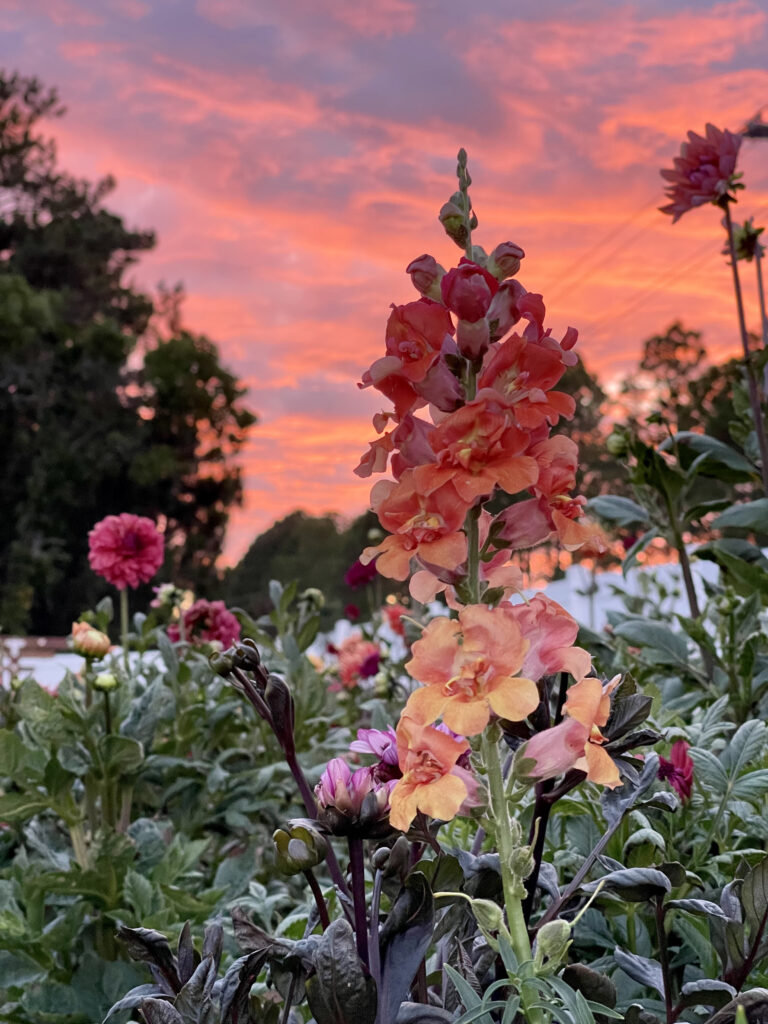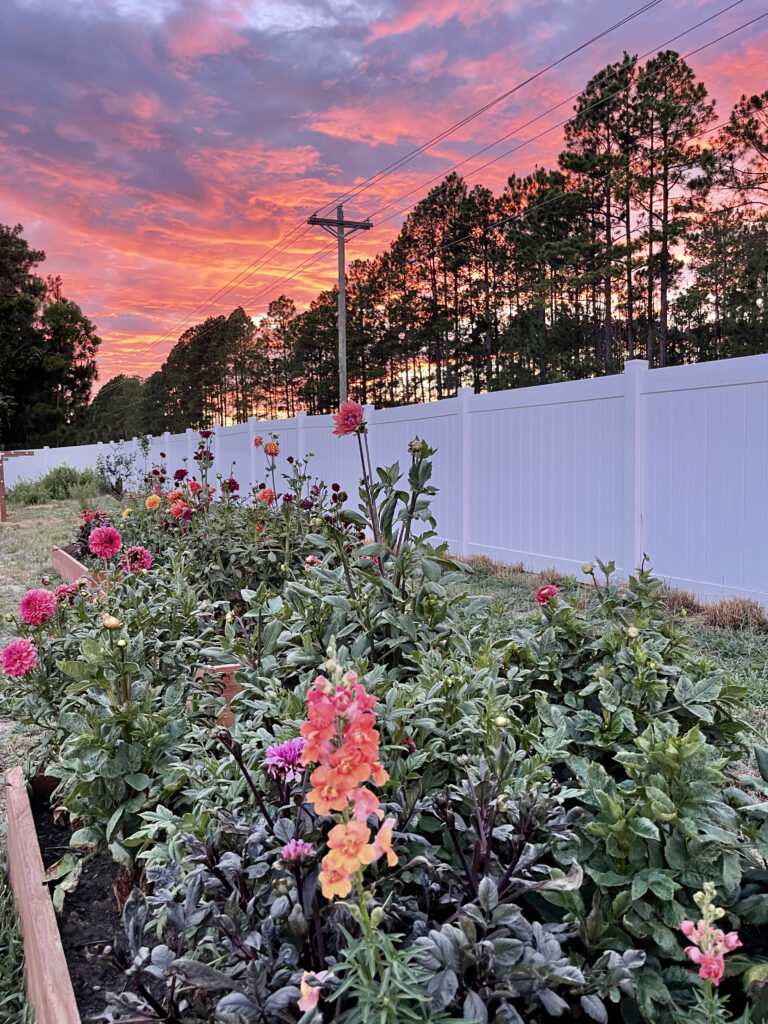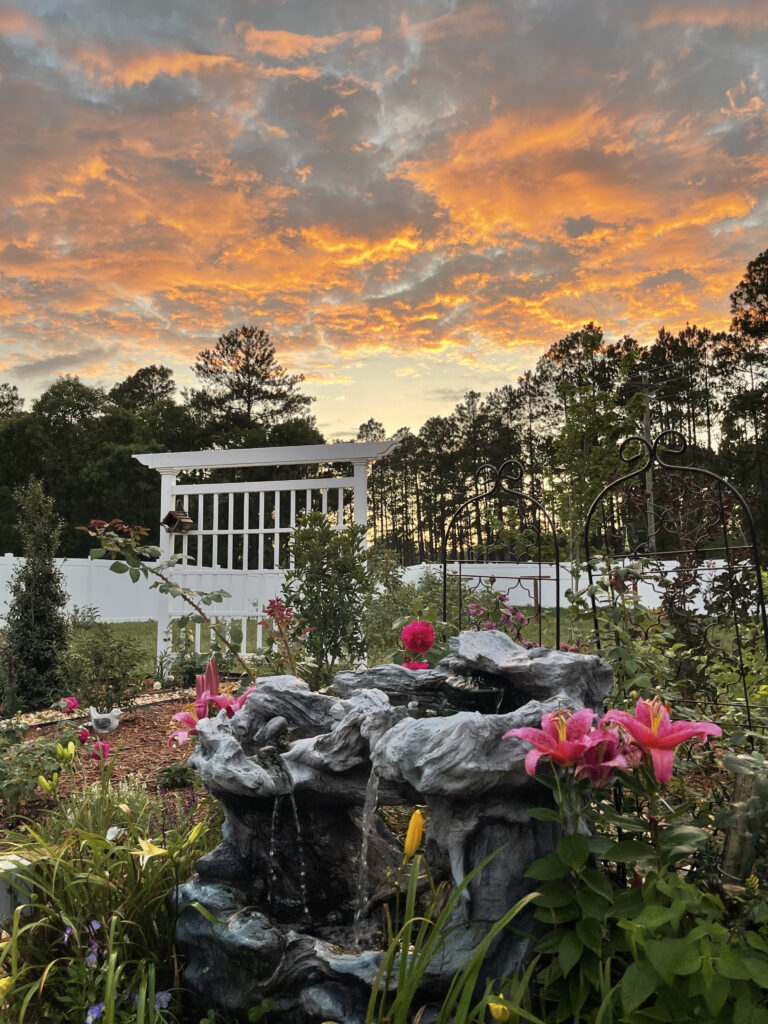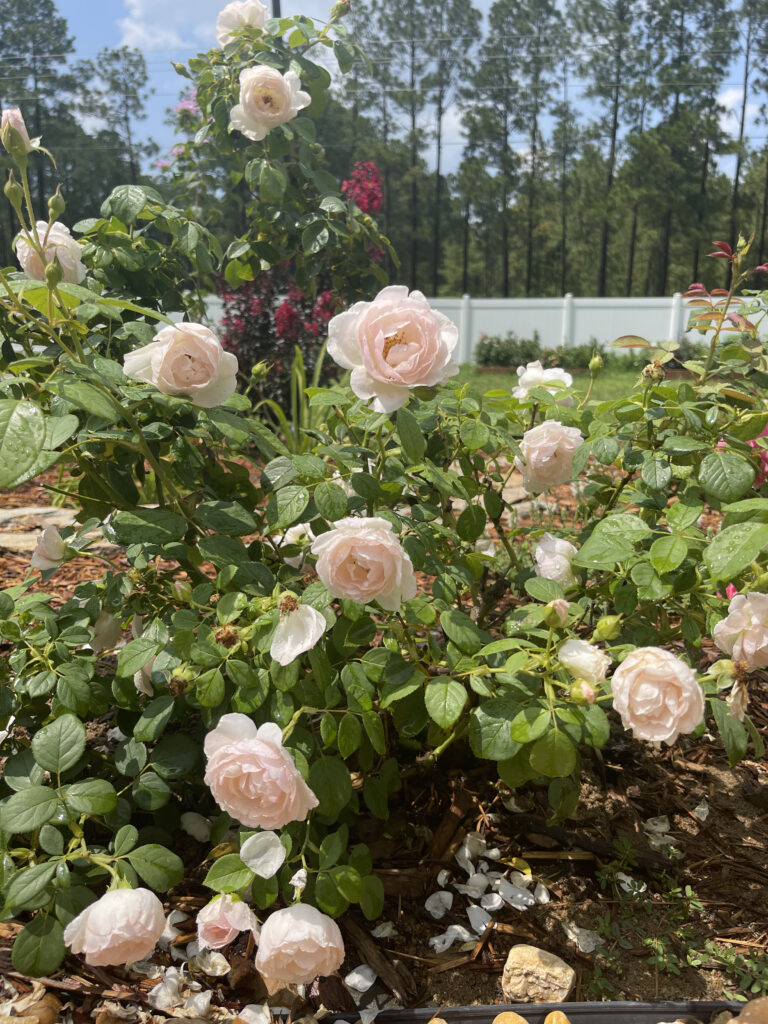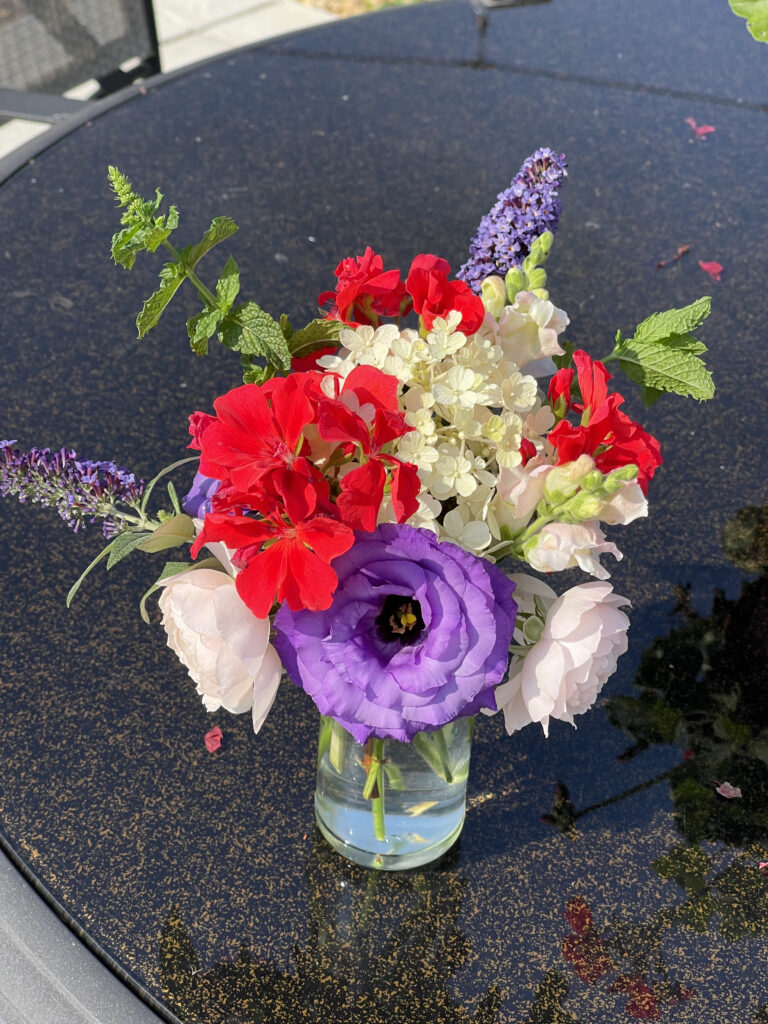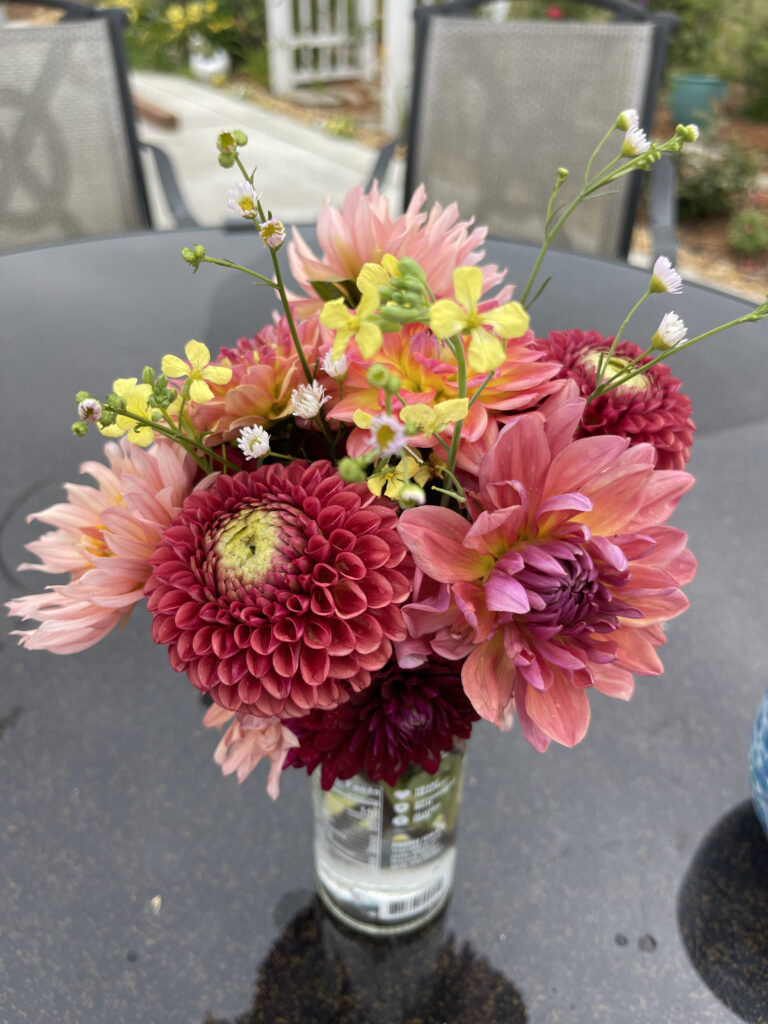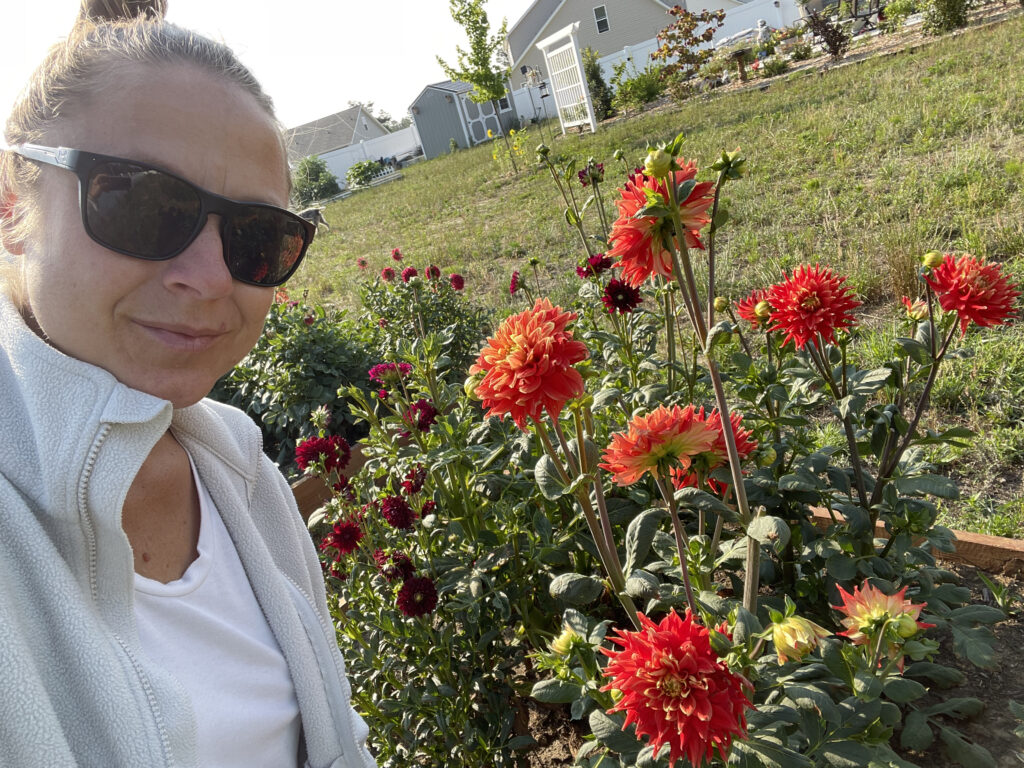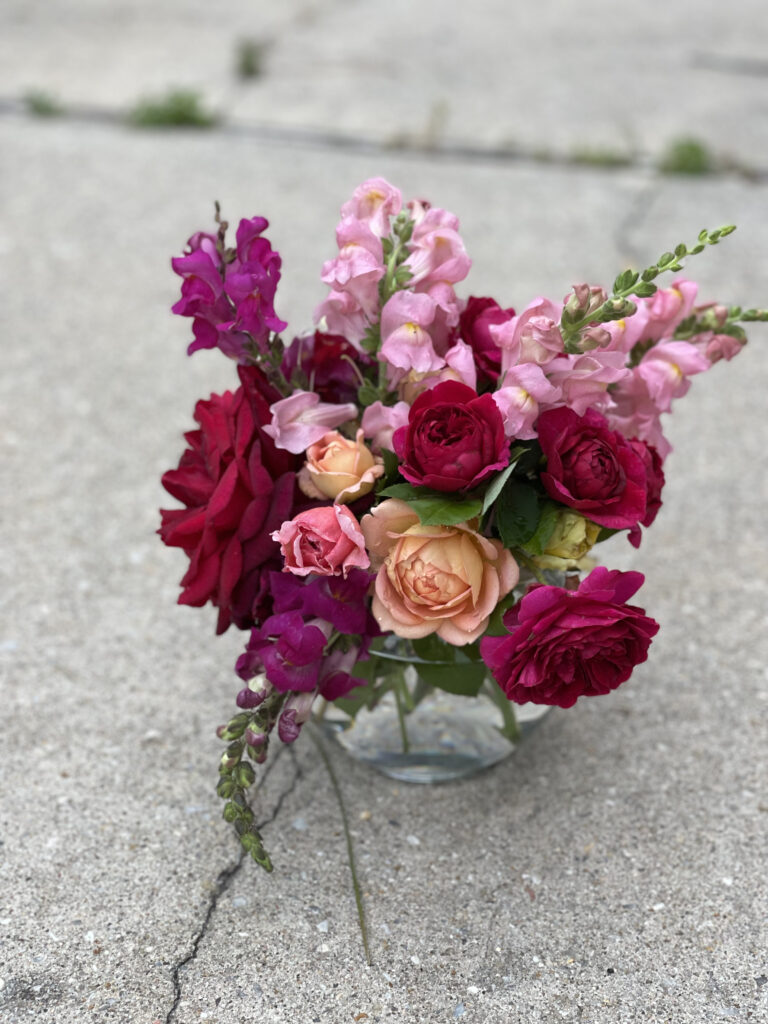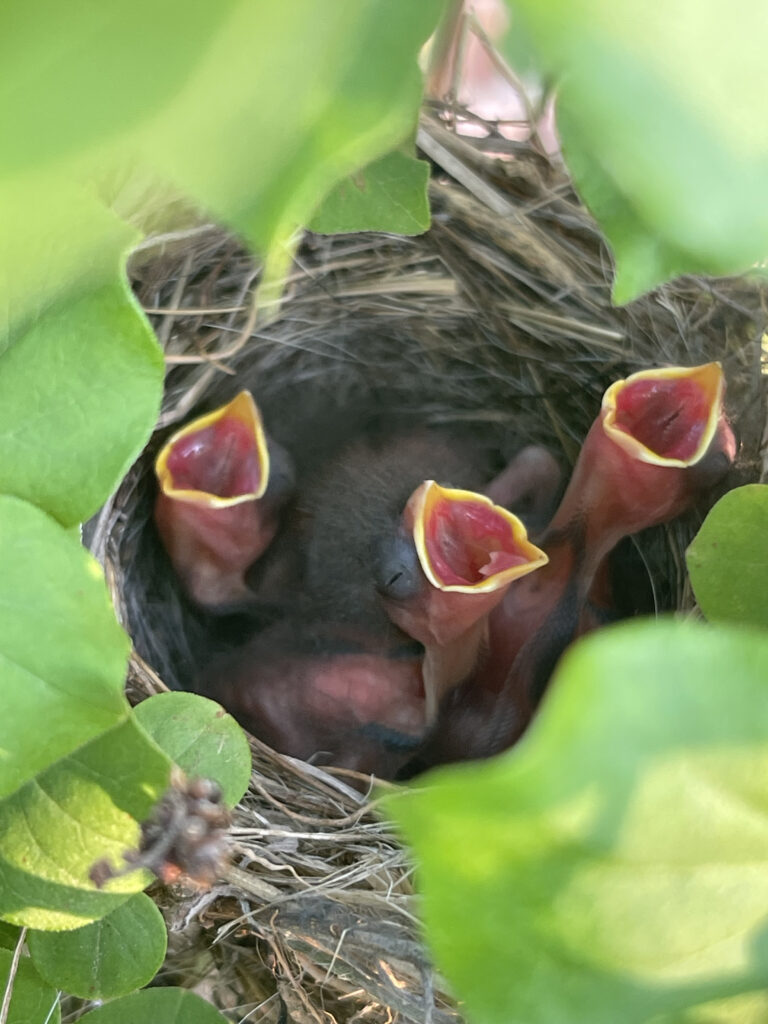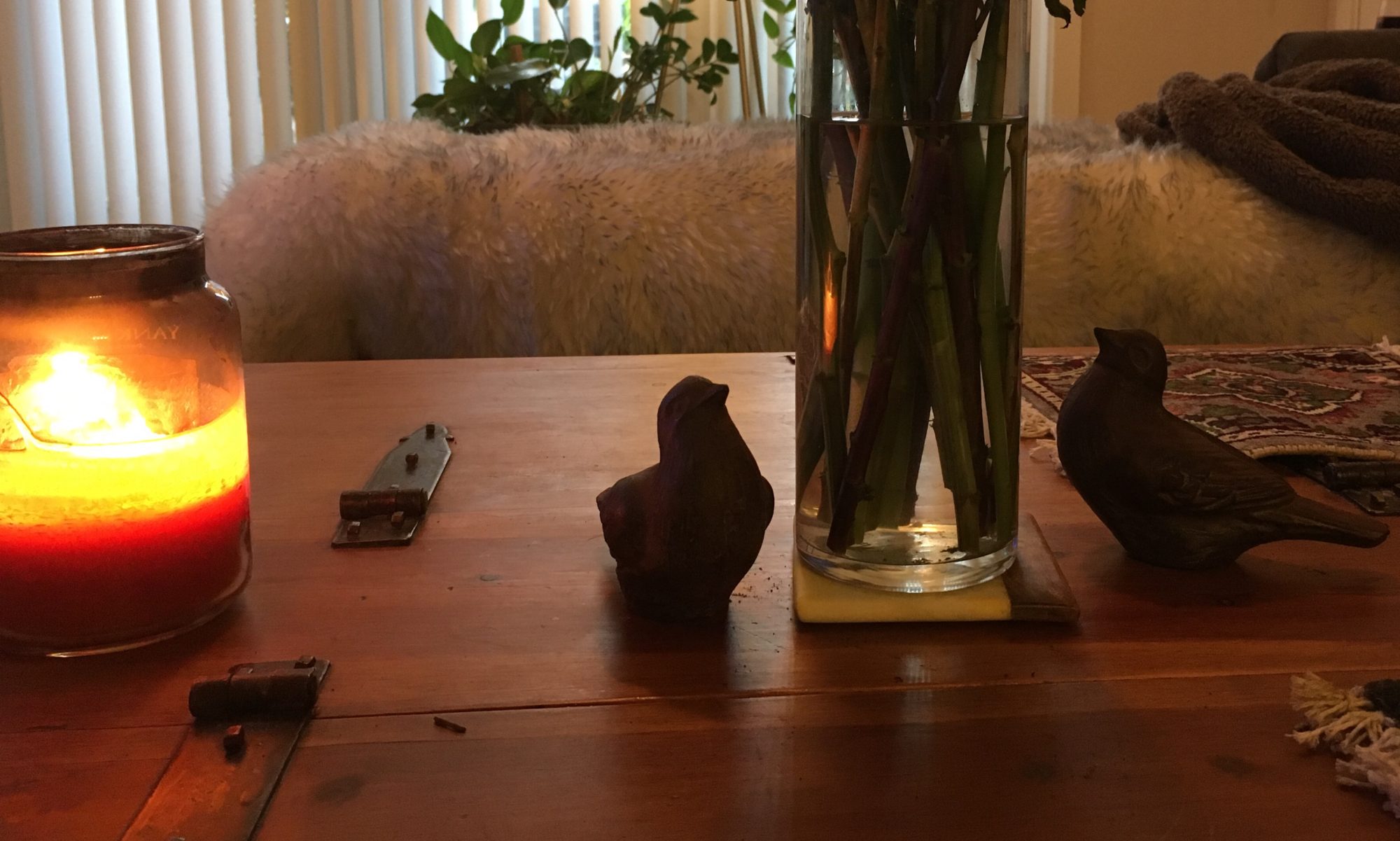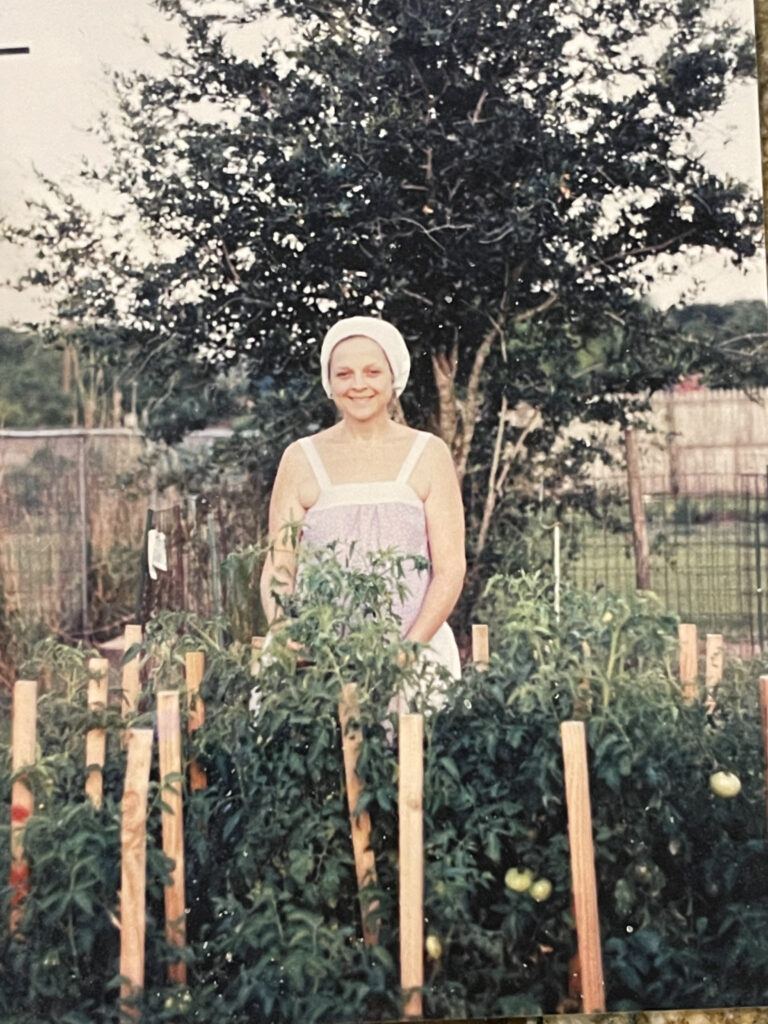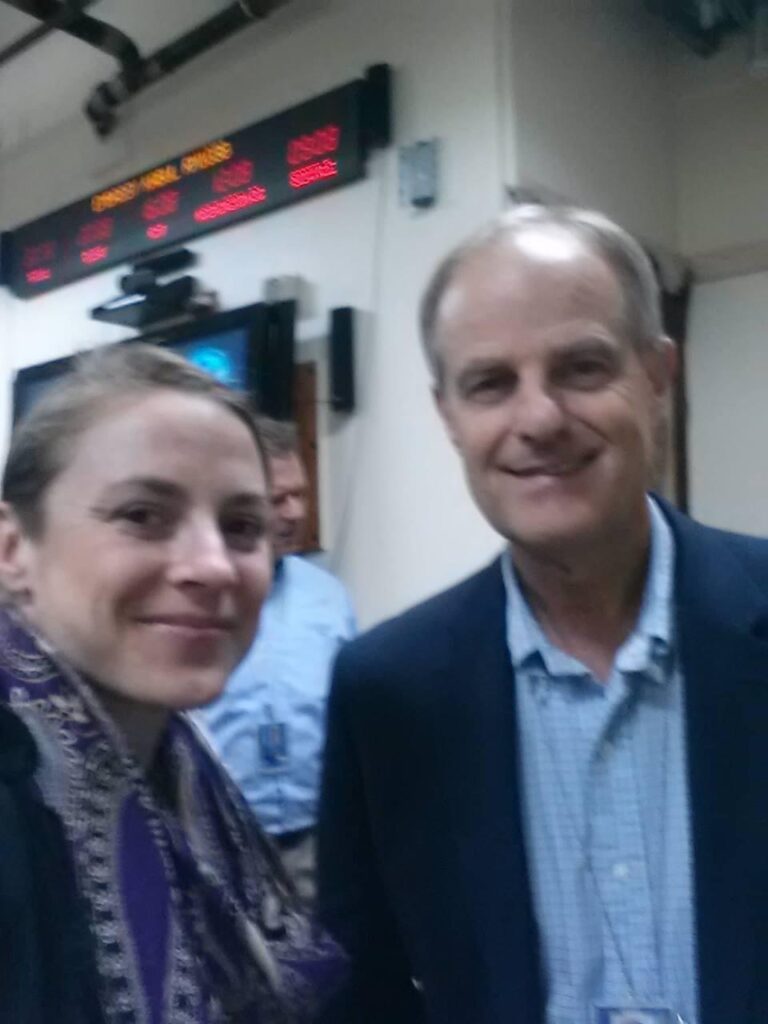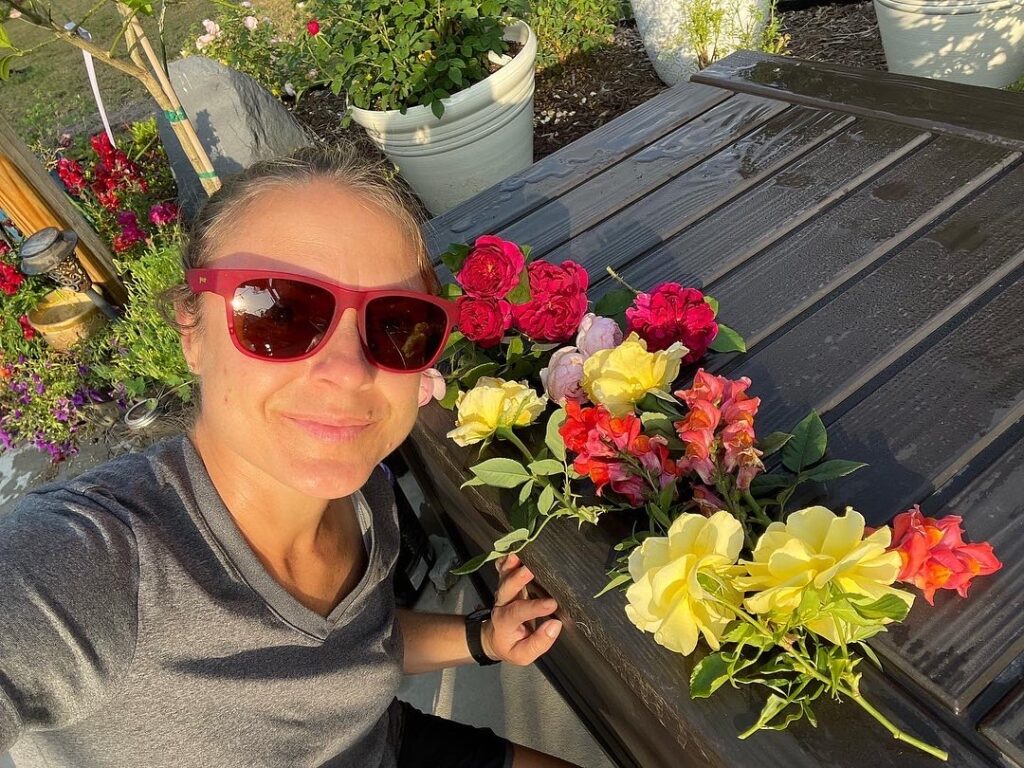
My mother planted the seed in me as a youngster. I remember her growing tomatoes and roses, and she’d paint beautiful nature landscapes. I hardly knew what it meant at such a young age. But today, her paintings are on my wall, I grow plants that remind me of her, and I’ve unlocked a beautiful hobby that serves as therapy and sanctuary and provides me with bounty. Reaping what I sow, literally, is one of the most rewarding experiences.
As someone dedicated to protection and service, but obsessed with gardening and plants, the two intertwine to improve my well-being, provide sustenance, and find a connection to other people.
I find sanctuary in gardening and nature, no matter where I go. I’ve been around the world and I always find the birds, gardens, and greenery. You see, around the world, we have a lot in common. It’s human nature to be attracted to greenery, organic smells, and the sun on our skin. I met world-renowned birder, Peter Kaestner, while deployed to Afghanistan. I’ve claimed sanctuary with the white-eared bulbuls at the U.S. Embassy in Doha, Qatar. And I’ve had my finger chomped on by a toucan in Brazil. I even started a chat group, called Outdoor Nerds, for other veterans of Special Operations to connect on gardening and outdoor activities.
How is gardening beneficial?
- Seeing flowers and nature boosts your mood and health
- Smelling flowers and greenery boosts the mood
- Gardening reduces stress while improving attention span
- Touching and smelling soil is beneficial to your health and is a natural serotonin producer
- Provides sustenance, food, and fiber
- Provides beneficial air purification, indoor and out
- Provides a sense of accomplishment and a chance to learn
- Gardening teaches patience, resilience, and dedication
- Provides an opportunity to connect with others
- Benefits pollinators and animals with food and sanctuary
- Gardening is a form of exercise
- Improves spiritual connection and mindfulness with your surroundings
Read more here:
https://time.com/6258638/indoor-plants-health-benefits/
https://www.washingtonpost.com/wellness/2022/06/06/how-houseplants-can-boost-your-mood/
https://www.cnn.com/2023/04/07/health/gardening-exercise-benefits-wellness/index.html
https://www.marthastewart.com/7615713/new-study-smell-roses-helps-information-retention-sleeping
https://www.sciencedirect.com/science/article/pii/S2211335516301401
I hope to one day expand my love of gardening into a larger effort to connect with veterans and the community. As I learn and grow in my own gardening journey, I will hopefully and eventually develop a nonprofitable organization to assist veterans and others to create a gardening space that is adaptive to one’s own resources and physical abilities.
Not everyone is able to maintain an acre lot or do heavy lifting. Whether it’s one plant indoors or a few garden beds outdoors, even just a little bit can go a long way in reward. Gardening can sound overwhelming. If one starts small, dedicates time and resources, and is deliberate about it, the reward can follow.
Gardening does not always go as planned. Something that often shocks people to hear is that plants have life spans. Sometimes we do everything right, but the plant can’t and won’t go on. Some plants are annuals and only live through one cycle, while other perennials can live many years and often many decades. Gardening has taught me a special form of acceptance. I accept that I can do everything right, and even sometimes do something wrong, and the plant will live or die. The silver lining in this is that of harvesting and dividing. Cuttings, seeds, and store-bought plants can continue providing additional life for that special plant you adore.
Gardening is every day and all year long. We all think of images of spring and greenery when we think of gardening, but this is just one aspect. Every season is important to the garden. Perennials die in the cooler months, often disappearing into the soil until the next spring, while trees and shrubs are focused on building strong roots. Every season is important in the garden. Cleaning the gardens, planting seasonal crops, preparing beds, and maintaining weeds, while sowing seed indoors and preparing for spring. And winter will often provide us with a beautiful show of winter-specific evergreen foliage and remnants of bright red and yellow bark. Some berries provide winter food for birds.
One question I often get is, “What is your favorite plant?” How am I to choose? I love each type of plant for different reasons. I love my roses for the smell. I love my salvias for their low maintenance, abundance of blooms, and attraction to hummingbirds. I love dahlias for their long vase life and diverse characteristics. I love snapdragons for the shape of the blooms and the way they tolerate various conditions. I also love pansies as they are actually one of the toughest plants and they blow their seeds around, multiplying in the tiniest of spaces. I also love native plants and make an effort to allow them a place in my yard and garden. The native passion flower, Passiflora incarnata, has taken over a beautiful section and will provide me with tea leaves and fruit. The native pollinators enjoy this plant too.
Here are a few photos from my garden for you to enjoy!
